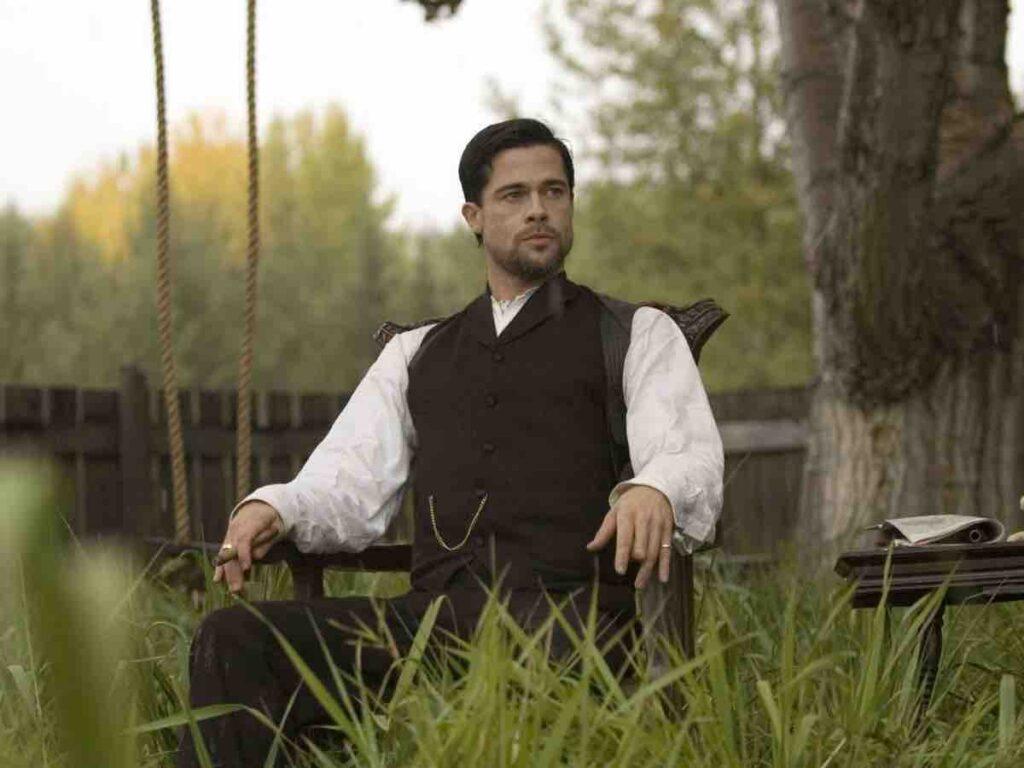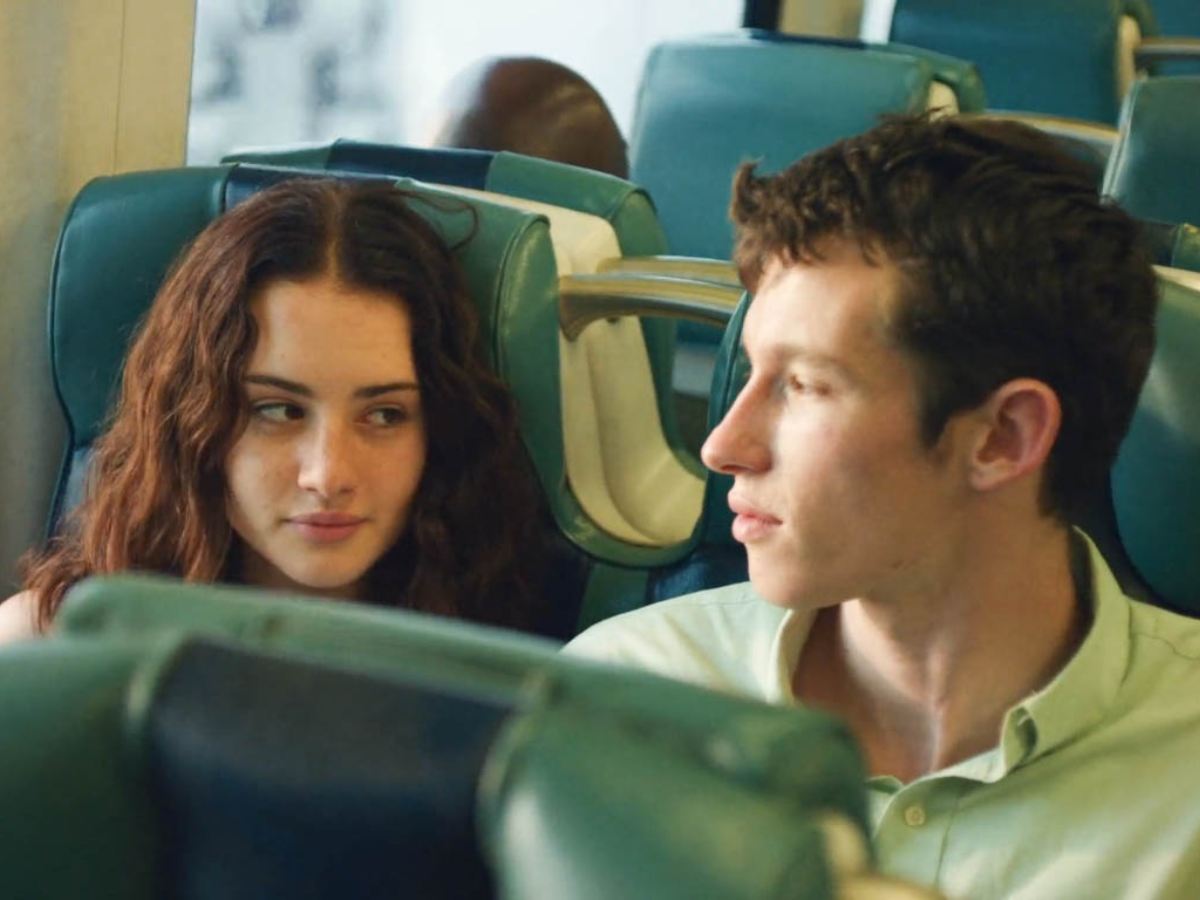Set in 1881, Missouri, Andrew Dominik’s The Assassination of Jesse James by the Coward Robert Ford, is an exhilarating drama that examines the lawless anarchy and humanist values of two individuals plagued by guilt. At the same time, it also makes a stern comment on the acts of pointless violence. By skillfully combining carefully choreographed dramatic sequences, a hugely talented cast, passionate dedication to details and genuinely apt storytelling, Dominik creates a mixture of period action and romance that stands out as one of the best films not only of his career but also the last couple of decades.
Today, it’s hailed a masterpiece. But it didn’t get all the fame it deserved back in 2007 releasing alongside There Will Be Blood and No Country For Old Men. Over the years though, the film has come to acquire a cult status.
One of the reasons fans still cherish the film is the mesmerizing visuals that Roger Deakins created for the film. It makes us feel as if the characters are floating through their moral quandary, incapable of affixing themselves to a state of pacification. The stunningly lithe and intimate camerawork oscillates between evocatively deep compositions and stimulating close-ups. Deakins poetically composes his images opting to explore complex human emotions. The meticulous framing helps viewers probe into the myth of an outlaw who has earned infamy as well sympathy from the people of his society.
Quickly then, let’s explore some of the key aspects of the cinematography of The Assassination of Jesse James by the Coward Robert Ford.
The Magic of Super 35mm Lens

Deakins used Super 35 to shoot the film. The reason was more technical than creative. Firstly, it allowed him to use short focal-length lenses with ease. Secondly, the optical properties of the lens helped him capture the wide scale of the story as well as bring intimacy and the texture of the film grain effectively within the story. As a result, the visuals appear to be poetically pleasing. The frames are composed with an element of bleakness that highlight the themes of fate, conscience, and circumstances within the narrative. As a result, the characters are humanized and their psychological depths add a vividness to the story.
Another unique aspect of the film is that a number of shots have a sort of soft focus at the edges of the frame. This gives a dreamlike vignetting effect that works in tandem with the period in which the story of the film originated. This effect is achieved by putting a small lens element in front of a 50mm lens. Besides, removing the front element makes the lens faster and results in wonderful vignetting and slight color diffraction around the edges. Different types of lenses such as the shift & tilt lenses amongst others were also used for enhancing such effects.
Deakins’ motive here was to create the feeling of an old-time camera and evoke nostalgia. Since the film belongs to the western genre, the blurred-at-the-edges look creates the impression of a faded photograph that has become hazy with age. Yet, it is still vivid in its textural details. Moreover, such decisions also impart a sensuous quality to the texture and feel of the film as well as capture the rural western landscape with reality and harshness.
The Contrast Between Light and Dark

The most discussed aspect in the film is the robbery scene that happens within a few minutes of the film. The scene begins with the train track surrounded by absolute darkness. It is visible that the members of the gang are carrying lanterns. Jesse (Brad Pitt) covering his face with a bandana is standing in the middle of the track. We hear the train approaching and Jesse swings his lantern as an indication to stop the train. As the train stops, the members of the gang begin the ambush. Jesse then hops out of the steam and cocks his revolver at the engineer.
In this scene, the lighting technique employed is not only used as a stylistic device but also as a medium to express the theme of the film. As the film begins we are informed about the myth of the character Jesse James and his reputation as a ferocious outlaw. Through the prism of the character Robert Ford (Casey Affleck), we discover that Jesse is a vulnerable character — how he’s perceived in society is rather misleading. So, when the character appears from the darkness of night into the light of the train engine it symbolically announces that there are two sides to the character. Later when Robert kills Jesse, it also becomes difficult to judge which of the two characters is more evil.
So, from the very beginning, the cinematography of the film prepares to surprise and lets us form our own judgment of the characters. Lighting the scene in such a way also creates a sense of foreboding, signaling about the fate of the protagonist. A tragic end of the famous outlaw, an American icon, at the hands of an ardent admirer keen to make a name for himself.
Revival of the Western Genre

Though the film is a human drama, one cannot overlook the inspirational framing from the western films made during the early years of Hollywood. One of the filmmakers that comes to mind is the legendary John Ford. Visual designs such as frames within the widescreen frame, tracking through doorways and using windows and other scenic elements to break up the wide frame, feel like a homage to the bygone days of cinema. There are also a number of shots where we dolly past a character, rather than using a zoom lens to achieve the same kind of framing.
The film was shot mainly in Calgary, Edmonton and the Winnipeg region of America. The vastness of the arid as well as the lustful environment of the space provided ample scope for Deakins to frame in accordance to the mood of the scene. Now, let’s discuss a key scene from the film that will support my opinion regarding the revitalization of the western genre.
In this scene, as Jesse and Charlie Ford (Sam Rockwell) make their way through the snow-covered region, the wide shot gives us the impression of sweeping frontier landscapes rugged with rural terrain. The two characters are positioned in such a way that they become a part of this space organically. Such cinematographic qualities in framing these scenes resemble the genre of a western film.
At the same time the conversation between Charlie and Jesse, reveals that Jesse is going through some sort of turmoil and has come to the point where he wants to end his life. But he can’t commit suicide lest he tarnishes his reputation as a brave legend. So, he’d prefer Robert Ford to kill him. Such revelations give psychological heft to the scene and don’t allow the film to become a typical western. Hence, the film earns the status of an unhurried, mistrustful study of its two troubled characters.
The Ethereal Beauty of Montages

Montages are a visual juxtaposition of a series of shots that give the impression of the passage of time and action within the narrative. In The Assassination of Jesse James by the Coward Robert Ford, the montages are used more like time-lapse shots without the use of complex camera techniques. Film montages, accompanied by voice-over narration, are used in the opening and closing of the film to forward the tragic tale. This adds a circularity to the narrative and supports the philosophy of the film how violence begets violence.
Most of these shots were used for transitional moments with the intention to create the feeling of an old-time camera. As a result, these images create a nostalgic feeling with a sublime evocation. It further looks like a series of spectacular paintings of sky, landscapes and interiors that inhabit the world of the film. These shots were captured by the Steadicam operator of the film Damon Moreau.
The film begins with a dream-like montage of briskly shifting clouds, long stares, green weeds splitting the porch steps, a wasp nest clinging to an attic, Jesse looking out beyond the wheat field etc.
Whereas the film ends with a series of shots where Robert Ford works as a saloon owner in the Western region. His regret of his past deeds is expressed with the following shots of him skimming the mail, collecting his subscription newspaper, spending time at the Omaha club drinking with his friends, and in a photo studio with Dorothy Evans (Zooey Deschanel). At the same, we also observe as Edward O’Kelley prepares the ammunition that he uses to shoot Robert in the end.
It’s worth noting that Deakins uses brown and black palettes in these shots to give a bleak yet oneiric quality to the film. They resemble the paintings of Andrew Wyeth and the color scheme of the film pays him homage.




